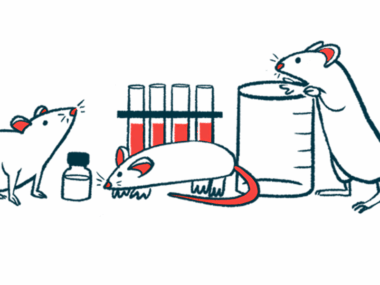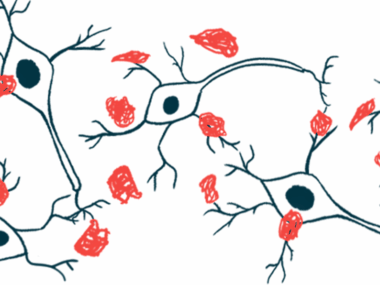New visual technique could aid in early Parkinson’s diagnosis
Cap-QuIC relies on difference between healthy, misfolded alpha-synuclein
Written by |

A new visual diagnostic technique called Cap-QuIC has the potential to advance the early detection of neurodegenerative diseases, such as Parkinson’s disease.
“The simplicity and efficiency of Cap-QuIC could lower the barriers to routine screening for neurodegenerative diseases, ultimately leading to earlier intervention and better patient outcomes,” Hye Yoon Park, PhD, the study’s senior co-author and professor at the University of Minnesota (UM), said in a university news story.
The study “Visual detection of misfolded alpha-synuclein and prions via capillary-based quaking-induced conversion assay (Cap-QuIC),” published in npj Biosensing, described the technique’s development and testing.
In Parkinson’s disease, a misfolded alpha-synuclein protein accumulates in the nerve cells that produce dopamine, a signaling molecule the cells use to communicate. Symptoms arise from the subsequent death of the nerve cells and a decline in dopamine signaling in the brain.
Due to a lack of readily available Parkinson’s biomarkers, a diagnosis relies on a person’s symptoms, typically during the more advanced stages of the disease. Despite recent advancements in developing biomarkers, these methods require expensive and large laboratory equipment and complex data analysis strategies.
A new Parkinson’s diagnostic technique
Capillary-enhanced Quaking-Induced Conversion, or Cap-QuIC, is a test based on capillary action; that is, when a liquid climbs up a narrow tube or material against gravity due to its surface tension. Developed by Peter Christenson, PhD, the study’s first author, Cap-QuIC is influenced by a protein’s surface characteristics, which vary significantly between healthy and misfolded states.
“I remember I was in the lab using an expensive fluorescent reader to determine if my samples were positive or negative,” Christenson said. “As I continued the experiment, I was able to predict the status of each sample before putting it into the reader. Then it hit me, ‘Why do I even bother using this expensive piece of equipment if I can tell the status of samples by eye?’ This was the breakthrough moment that led us to developing our new misfolded protein detection assay.”
Following an amplification step, visible differences were shown in the liquid height of misfolded versus healthy human alpha-synuclein in glass capillaries, that is, tiny test tubes designed to hold biological materials. Liquid rising above a certain threshold within the tube indicated the presence of misfolded alpha-synuclein. Below the threshold, the sample was normal.
The capillary-based detection was compared with the current gold standard test used to study and monitor protein aggregates: Thioflavin T (ThT) fluorescence detection.
The team tested lymph node samples from white-tailed deer with and without chronic wasting disease, a condition thought to be caused by misfolded proteins called prions.
“This method is not only applicable to Parkinson’s but could also accelerate the diagnosis of other similar diseases, including chronic wasting disease in deer,” said Peter Larsen, PhD, an associate professor of veterinary and biomedical sciences in the College of Veterinary Medicine at UM.
Experiments revealed a high degree of agreement between capillary detection and ThT-based tests, with capillary classification matching ThT classification 95.6% of the time. For each tissue sample, the average height of the liquid in the glass capillaries also correlated with the average fluorescence signals, “indicating a robust performance of the Cap-QuIC method.”
Experiments to understand Cap-QuIC’s underlying mechanism showed the difference in capillary distance between normal and misfolded proteins was due to protein binding to the inner capillary wall. Normal proteins bound to the glass to a larger extent, decreasing capillary action.
Lastly, differences in the concentrations of misfolded alpha-synuclein or prions didn’t affect the liquid height in the tubes. On the other hand, capillary height depended on the concentration of healthy proteins because there was “less free-floating protein to interact with the inner walls of the capillary and thus the stunted capillary height disappears,” the researchers suggested.
“Our Cap-QuIC procedure represents a major advancement in point-of-care neurodegenerative disease diagnostics,” said Sang-Hyun Oh, PhD, a senior co-author of the study and professor at UM. “By simplifying the detection process, we can potentially diagnose Parkinson’s disease earlier, which is crucial for effective management and treatment.”






